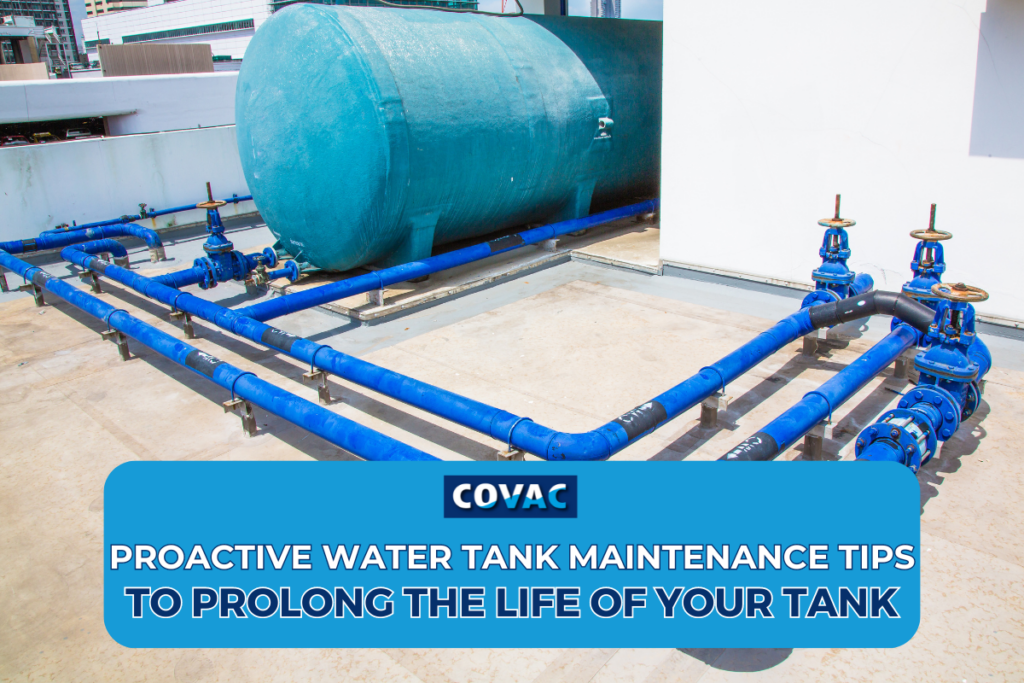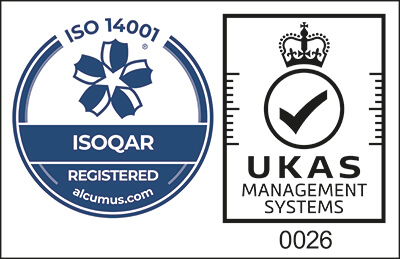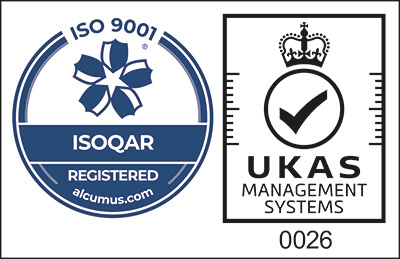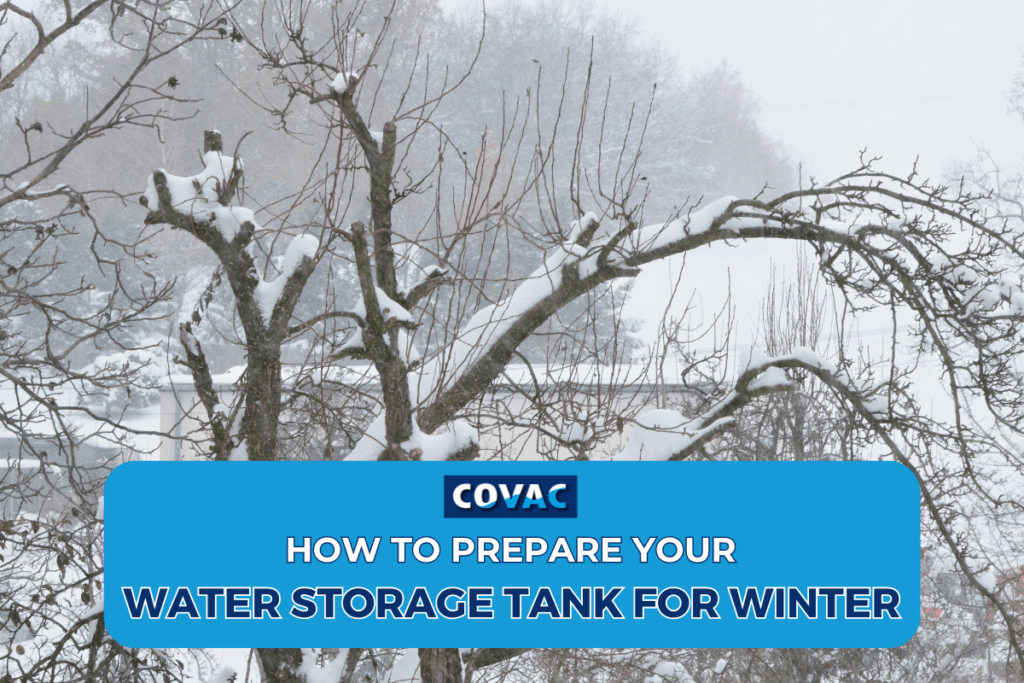
Winter weather poses a significant risk to your water storage tank, making it vulnerable to freezing and diminished functionality. Without proper preparation, you might face severe damage, costly repairs, and interruptions in your water supply. This guide outlines essential steps to winterise your tank, ensuring it remains functional and efficient throughout the cold months.
Table of Contents:
- Why is Winter Preparation Crucial for Your Water Tank?
- Consider a Larger Tank
- Install a Water Heating System
- Invest in Proper Tank Lining
- Check for Damage and Corrosion
- Address Water Tank Sediment
- Regular Maintenance and Professional Assistance
- Prepare Your Water Storage Tank
Why is Winter Preparation Crucial for Your Water Storage Tank?
Water storage tanks are vital for maintaining a steady water supply, whether for domestic use, industrial processes, or cooling towers. In freezing temperatures, water can expand and cause considerable damage to your tank and its components. Proper winter preparation is essential to avoid such issues, prolong the lifespan of your tank, and maintain a reliable water supply.
Consider a Larger Tank
If you are still in the process of purchasing a water storage tank, opting for a larger model could be a wise decision. The principle behind this recommendation is straightforward: a larger volume of water takes longer to freeze. By investing in a bigger tank, you increase the thermal mass of the water, which helps to delay freezing and reduce the risk of your tank becoming non-functional during winter.
For those who already have a tank, this step may not be applicable. However, if you’re planning to upgrade or add a new tank, choosing a larger size can provide significant advantages in terms of winter resilience.
Install a Water Heating System
A water heating system is a highly effective solution for preventing your water from freezing. These systems are designed to maintain the water temperature within a safe range, even in freezing conditions. While the initial cost of installing a water heating system can be substantial, it is a valuable investment for ensuring that your tank remains operational throughout winter.
Various types of water heaters are available, including electric heaters and more advanced heat exchangers. Choose a system based on your tank size and local climate. Additionally, for those using tanks in cooling towers, maintaining water temperature is crucial to prevent freezing and ensure the cooling system functions correctly.
Invest in Proper Tank Lining
Investing in high-quality tank lining is another critical step in winter preparation. At COVAC, we offer several types of tank linings, including steel tank lining and GRP lining (Glass Reinforced Plastic), which serve as effective insulators. Proper tank lining helps to maintain the water temperature and prevent freezing.
Steel tank lining provides robust protection against corrosion and temperature fluctuations, extending the tank’s lifespan. GRP lining is particularly effective in providing a durable, insulating barrier against the cold. For potable water tanks, lining is essential to ensure water safety while preventing freezing.
Besides insulation, tank lining also helps to minimise sediment build-up. Sediment can act as a barrier between the water and the heating system, making it harder to maintain the desired temperature and increasing the risk of freezing.
Check for Damage and Corrosion
Before winter sets in, conduct a thorough inspection of your water storage tank and associated pipes. Tanks, particularly steel ones, are prone to corrosion over time. This corrosion can lead to cracks and leaks, which are exacerbated by freezing temperatures.
Inspect the tank for any visible signs of damage or wear. Check the integrity of the tank lining and ensure there are no holes or weak spots. For the pipes connected to your tank, look for signs of leaks or damage. Damaged pipes are more susceptible to freezing, which can lead to leaks and further complications. Address any issues immediately to avoid more severe problems as temperatures drop.
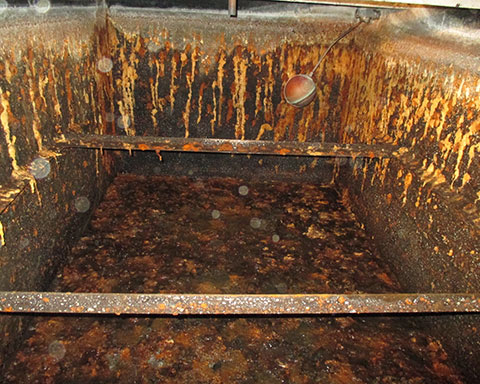
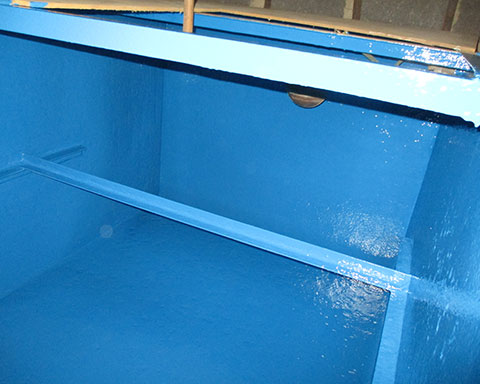
Address Water Tank Sediment
Sediment accumulation inside your water tank can impede the efficiency of your heating system and increase the likelihood of freezing. Sediment acts as an insulating layer, making it harder for the heating system to maintain the water temperature.
To prevent this, hire a professional to evaluate and clean your tank before winter. Regular cleaning removes sediment and ensures that the heating system operates efficiently. For potable water tanks, this step is crucial to maintaining water quality and tank performance.
Regular Maintenance and Professional Assistance
Regular maintenance is key to ensuring your water storage tank performs well throughout winter. Schedule routine inspections and cleanings to keep your system in top condition. If you are unsure about any aspect of your tank’s winter readiness, seek professional assistance.
At COVAC, we offer comprehensive services, including the installation of various types of tank lining, such as steel tank lining and GRP lining. We also provide repair services to ensure your entire water system remains functional during the colder months.
Prepare Your Water Storage Tank
Preparing your water storage tank for winter is essential to avoid freezing, damage, and costly repairs. However, following these steps will help you maintain a reliable water supply throughout the winter.
Investing in a larger tank, installing a water heating system, applying effective tank lining, checking for damage, and addressing sediment build-up are crucial measures. For expert assistance and professional maintenance services, contact COVAC today. Our experienced team will ensure your water storage tank is winter-ready and fully operational, no matter the weather.





